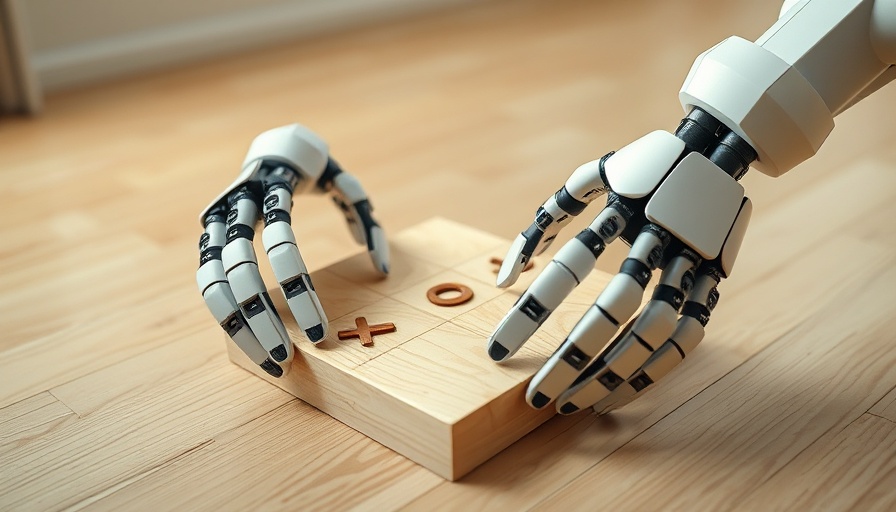
Google DeepMind's Robotic Revolution: A New Era of Intelligence
In an ambitious move to redefine automation and human-robot interaction, Google DeepMind has announced the launch of Gemini Robotics, a groundbreaking fusion of advanced language models and robotic capabilities. This innovative approach allows robots not only to perform tasks more effectively but also to understand natural language commands, a leap forward in making them more practical for everyday use.
Understanding the Implications
The introduction of Gemini Robotics marks a pivotal moment in the evolution of robotics. Traditionally, robots have struggled with dexterity and adaptability across various tasks. However, by integrating a large language model (LLM) into the robotic framework, Google is paving the way for machines that are more agile and capable of performing complex tasks with minimal pre-programming. This change means less time training these robots and more efficiency in their deployment.
The Landscape of Eastern Europe’s Tech Sector
While Google enhances its robotics capabilities, Eastern Europe is witnessing a parallel transformation in its tech landscape, particularly in response to geopolitical challenges. Countries like Latvia are adapting their consumer products to cater to a new reality shaped by the ongoing Ukraine-Russia conflict. This has prompted startups to pivot towards innovative solutions that may include everything from military-grade drones to consumer-friendly tech products, suggesting that the region is both resilient and highly adaptive.
Robotics - A Growing Global Trend
This dual narrative—Google's technological advancements in robotics and Eastern Europe's evolving tech sector—highlights a significant global trend. The drive to create smarter, more dexterous robots is mirrored by a surge in innovation in regions affected by changing socio-political landscapes. As AI continues to bridge the gap between virtual and physical worlds, it is set to bring unexpected solutions and opportunities to various industries.
Looking Ahead: The Future of Robotics
As we look to the future, the integration of AI in robotics is poised to radically shift everyday life. Google's partnership with companies like Apptronik showcases an essential collaboration geared towards realizing the potential of humanoid robots. These developments indicate that the future of technology will not just involve letting robots handle repetitive tasks, but rather enabling them to support human endeavors in countless sectors—ultimately driving efficiency and innovation.
This exploration of human-like robots marks the early stages of what could soon become an integral part of our daily lives. With clear applications in healthcare, logistics, and even home assistance, the impact of these innovations will undoubtedly reshape industries.
As we stand on the brink of this robotic revolution, it’s essential to monitor these developments closely. Understanding the implications today can help individuals and businesses make informed decisions about the tools and technologies they adopt in the near future.
 Add Row
Add Row  Add
Add 




Write A Comment